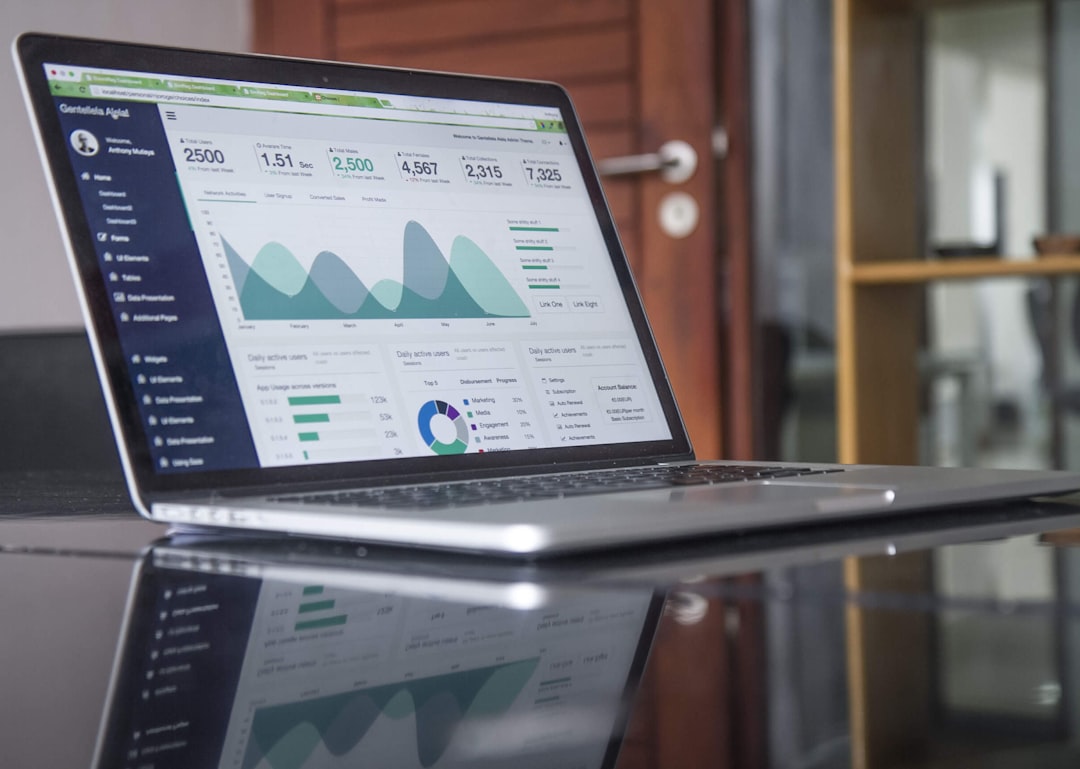Pros and Cons of Using Area Charts

An area chart is a graph that represents data, showing how the values of one or more sets of data change over time. But unlike line charts, an area chart can also visually represent volume. For easy comparison between two data, the area between the line and axis is filled and emphasized with hatchings and textures.
There are two major types of area charts: overlapping area charts and stacked area charts. The overlapping area chart is more suitable for showing the progress of one or more data set over time. The stacked area chart, on the other hand, involves plotting a line one at a time, making it suited for establishing the relationships between many categories.
However, if you’ve worked with a chart for even a short period, you’ll know that it can be quite difficult to choose the right chart. So, in this article, we’ll discuss the pros and cons of using an area chart to help you make a more informed decision.
Pros of Using Area Charts

Area charts are excellent chart tools for illustrating information due to their fundamental characteristics. It makes it easy to compare how different segments made up a more extensive set of data over time. Here are a few other benefits of using area charts. It’s difficult to measure the visual appeal of viewing an area filled in to represent information instead of drawing a simple line. Though this feature looks slightly different, area charts are more effective than line charts.
Area charts are excellent for showing relationships between different sets of data and the scale of related data. For instance, seeing Product A making up 55 percent of sales, while Product B making up 44 percent on an area chart has more impact than basically reading the figure because it is easier to see a visual representation of each magnitude of data. This type of chart also illustrates different trends and paints a clear picture of the importance of changes in different categories over time. As the size of the area denoting a data set increases or decreases over time within a particular chart, it’s easy to understand the simple implication of a chart without going into specifics.
The best part is the simplicity. Area charts make it easy to read and scan research findings. The chart allows the viewer to comprehend the data points present in the chart without interpreting the numerical data, making the area chart one of the best charts for swiftly communicating data. The unique feature of an area chart is the filing done between the x-axis and the line segments to emphasize magnitude. When it is rendered with stacked data plots, the chart is more suited for a part-to-whole analysis of each group.
Cons of Using Area Charts
Area charts have a lot of benefits, but it is not ideal for every situation. There are some disadvantages to using area charts. For example, there are many groupings. It becomes difficult to read area charts when two or more groupings are being tracked because it may be difficult to digest all this data all at once. For instance, an area chart displaying population changes over time of all 50 states will likely get messy when using an area chart.
There’s also a struggle with granular data. While area charts are suited for displaying relationships and broad trends, they are not a great option when a more detailed analysis is required. There’s overlapping to take into account, too. Area charts are simple charts, and they can get complicated because of the overlapping areas. When the data plots are overlaid, it becomes challenging to determine where they start or end.
Overall, there are many advantages and disadvantages. Using area charts all depends on the type of data you’re trying to visualize.

